Technological observatory May 5-11
This week's Technology Observatory brings you the following stories:
- Manufacturers that want to use "Google Android" forced to meet MADA conditions
- Nokia invests 100 million dollars to boost connected car technology
- Telefónica to sell electricity to large-scale clients
- Chadder, the new secure instant messaging app from John McAfee
- Installers predict interference between digital TV and 4G
- Microsoft announces a possible launch date for Surface Mini: May 20
- Spain's national police roll out an emergency alert system via Twitter
- Prisa accepts Telefónica's offer: Movistar to become the pay TV giant
- bq to unveil its new smartphone range on May 21
In recent years, whenever there have been lawsuits between Apple and Samsung, documents have come to light revealing something about the relationship between manufacturers. This time round we've learned a little more about Google and the use of its Android operating system. MADA, or Mobile Application Distribution Agreement, regulates manufacturers' use of Android apps like YouTube and Gmail. Previous reports have suggested that the Google agreement was an all or nothing deal, but now the evidence is even clearer. In fact, you might say that MADA forces manufacturers that want to use just one Google app to take on the whole package. This explains why Android telephones usually come with the complete range of services rather than selected apps, like YouTube for example. Other conditions of the Google "deal" apply to searches. In the first place, the device's default search engine has to be Google, and in the second place, the search bar has to be on the home screen, to make sure that it's prominent and accessible. Google is apparently also fighting a battle to ensure that some of its other apps are located on the home screen as well. The 2011 agreement states that both the search bar and the Android Market (now Google Play) icon have to appear on the default home screen, which is what you see when you buy your device, and the other Google apps cannot be more than one level below it. Recode, the source of this information, has shared the agreements that Samsung and HTC reached with Google. If either of them refused to meet the MADA conditions, they would be invited to use the open source version of Android, which has fewer restrictions. Google is not alone in pushing through these types of agreements as Microsoft has more or less done the same thing with Windows Phone: by default, the system's only search engine is Bing and one used in the web browser has to be the same. However, these conditions haven't always been met and there have been changes according to the market in question.
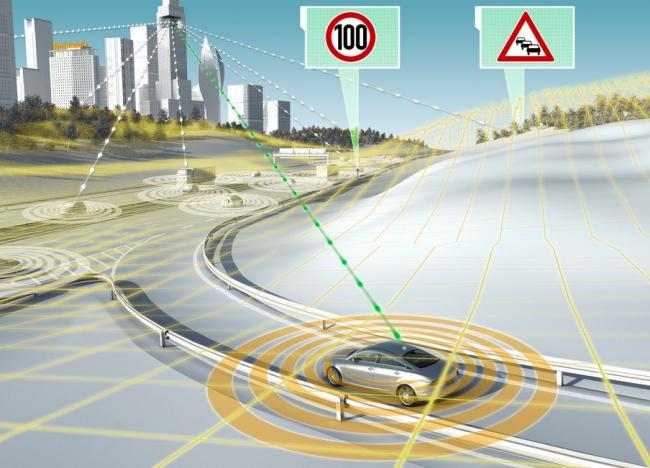
Nokia, which has one of the most comprehensive browser platforms on the cellphone market and last year embarked on its connected car adventure, has announced that it will invest 100 million dollars in companies related to the sector. Through its Nokia Growth Partners (NGP) division, Nokia will comb the market for worthy companies and technologies that can grow its ecosystem of apps and services for the connected car and its Here mapping product. Nokia is keen not only to consolidate its benchmark position in navigation but also build a reputation for services related to safety and total connectivity for cars and drivers while inside or using their vehicles.
The telecommunications company has approved an extension of its corporate purpose to include the distribution of electricity, allowing it to begin buying and selling electricity to its large-scale clients, especially business corporations and public administrations, without any limitation. Telefónica has already shown it is committed to energy efficiency and now looks set to distribute electricity, previously purchased from third parties, to clients that have high energy consumption for one reason or another, such as offices or plants spread across different locations. In other words, the telecoms operator is going to become an electricity provider. Developing the energy division has always been one of the primary goals of Telefónica Soluciones, which has created a range of energy-saving M2M applications and services for large-scale installations. Meanwhile, the company's R&D division, Telefónica I+D, spends nearly four million euros a year on developing new solutions in this field and promoting policies to reduce CO2 emissions in the atmosphere and mitigate the environmental impact of energy consumption.
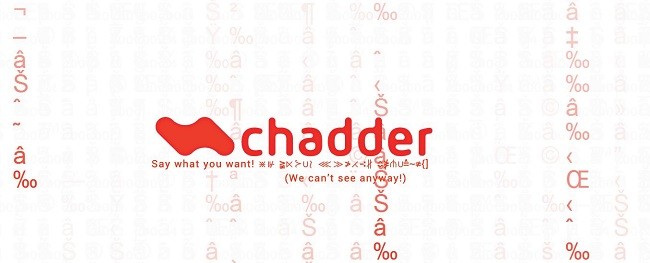
Lots of people worried about the security of their communications via WhatsApp are keen to find supposedly safer alternatives. One such is Telegram, a Russian app that claims to be intruder-resistant, and now it has a new rival from someone who is already well-known. Enter Chadder, an app from John McAfee (yes, the antivirus guy) which is already available for Android and Windows Phone, with iOS soon to follow, and which reaches the market claiming that neither they nor anyone else will be able to see your communications because they will be encrypted. Chadder has been developed by Future Tense Secure Systems, McAfee's firm, and Etransfr in collaboration with developers from the Rochester Institute of Technology, all of whom claim that thanks to server encryption only the recipients will be able to access the contents of the messages sent. The method chosen by Chadder to guarantee the privacy of conversations is to encrypt the text of the message as it passes through the server, and although anyone at Chadder will be able to access it, only the person who receives it will have the key to unlock it. Chadder reaches a market—i.e. the instant messaging app market—that is beginning to see quite a few actors fighting to win a sizeable chunk of the cake, although achieving a solid customer base is proving very difficult as users tend to move en masse from one messaging app to another. Already available for Android and Windows Phone Chadder is currently testing the iOS version, which should roll out in the coming weeks.
Last May 5 we saw the demise of nine digital terrestrial TV channels in the wake of a court ruling that has repealed the channel distribution introduced by the government in July 2010. However, it doesn't look like the gap created in the spectrum by reducing the number of DTTV channels from 24 to 15 will do anything tomake the coexistence of television and mobile telephony any easier. According to Fecotel, Spain's telecommunications coordinator federation, although there are fewer channels these will still present problems after the digital dividend, due to be delivered on January 1, 2015, and there may well be interference between DTTV and 4G signals. The current government pledged to free up access to the 800 MHz band for telecommunications operators by last January 1, but it has not kept its promise. It was precisely that gap in the spectrum that was being used by some of the DTTV channels that have now disappeared after the long court-room battle waged by television broadcasters. But even with the disappearance of these channels and the relocation of others, which will require costly adjustments to residents' antennas, installers claim that we could be facing a situation in which we might lose our cellphone internet connection while watching DTTV channels or, vice versa, we might lose the TV signal while using our cellphone's 4G connection. With these warnings from installers, the government or relevant ministry has just over six months, plus the time already elapsed, to prepare the 800 MHz band for the arrival of 4G next year. Oh, and by the way, a delay regarding availability of the band means that Spain—that is, the citizens of Spain—will have to compensate all the operators that have already paid to use that frequency.
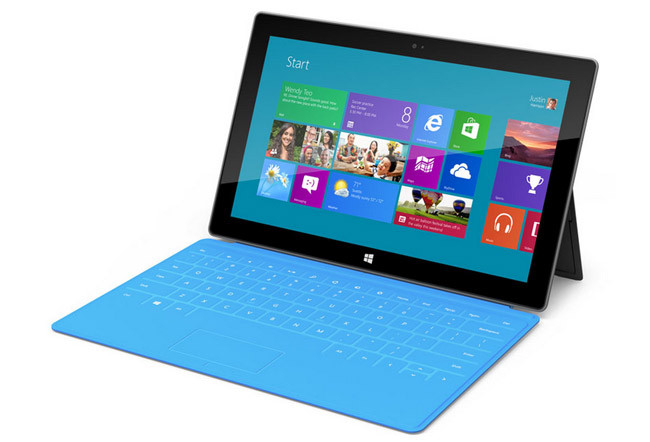
Nearly two years after Microsoft took the major step of making and selling its own tablet with Windows 8, the company could be on the verge of offering the smaller device that there have been rumors about since that July 2012. Microsoft has promised to unveil something at what it calls a "small gathering" during an event in New York announced for May 20. It certainly looks like before this month is over we are going to see the tablet that Microsoft has always said was possible, with a 7.5-inch display, 1440x1080 resolution and, setting itself apart from the current trend, a daring 4:3 aspect ratio. We'll have to wait for the launch, if does finally take place, to know how Microsoft intends to complete its tablet portfolio, whether Nokia has anything to say about it, and whether it will incorporate Windows 8 or maintain the exclusive tablet version. If by "small" event you were thinking about a possible portable console from Microsoft, as has been rumored, you're going to be disappointed. For the new head of the company's more playful division, that more portable gaming format will have to make do with the tablet and smartphone world for now, with the possible future addition of the classic buttons for playing on them.
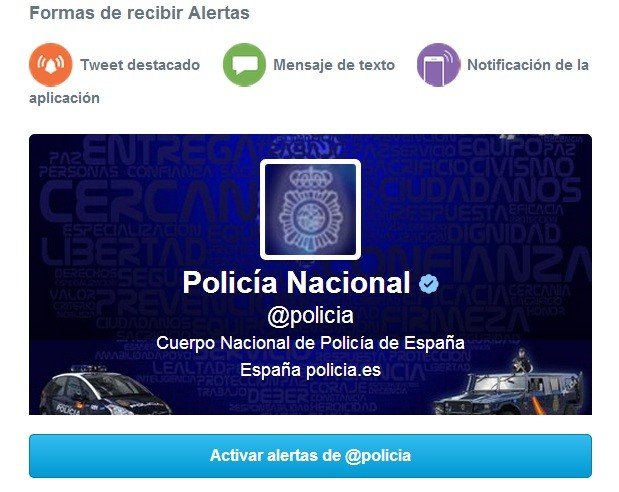
There's no doubt that Internet and the social media are a fast and efficient way of reaching citizens directly in emergency situations (as long as they have access to the web, obviously). Twitter has been working on its alert system for some time and now, having already been implemented in other countries, it has reached Spain courtesy of the Policía Nacional, the world's most popular security corps in the social network, with more than 850,000 followers. The alerts issued by Spain's national police will be emergency updates with critical information about an event occurring at the time. To activate Twitter Alerts, simply subscribe to the service at twitter.com/policia/alerts and select the option you want, or from a smartphone click on the bell icon associated with the Policía Nacional profile. Every time the policeissue an alert, you will receive an immediate notification on your cellphone via SMS (available with Orange, Movistar, Vodafone and Yoigo). If you use Twitter from an Android smartphone or an iPhone, you will also receive a notification from the app and the alert will appear in the timeline as a highlighted tweet, differentiated from normal tweets by an orange bell icon and the hashtag #alert.
No sooner said than done! Less than 24 hours for a response to the offer announced yesterday whereby for 725 million euros Telefónica acquires a 56% stake in Digital Plus - Canal Plus, giving the company 78% of the shares in the pay TV platform. At a special meeting of its board of directors Prisa, owner of Digital Plus, voted to accept the teleco's offer, which means that Telefónica is about to become Spain's new pay TV giant, always assuming that Brussels will let the deal go ahead. As the saying goes, "A bird in the hand is worth two in the bush," and Prisa didn't think twice about accepting the offer for the majority of the shares in its pay TV platform, which although less than what the group had originally hoped for will nevertheless help reduce some of its large debt burden. This acquisition reinforces Telefónica's strategy of attacking its rivals where they are most vulnerable: in this case, the pay TV portfolio. With Canal+, meaning not just the channel but the whole platform, Movistar will be able to offer television in the areas it can't reach with Movistar TV due to the limitations of its land network. Brussels will have the last word. If it approves the acquisition, Telefónica will own 78% of the platform with the remaining 22% in the hands of its partner Mediaset. But for the deal to go through, Brussels and the Spanish regulators will have to approve it, something that is sure to come with strings attached because with Digital Plus under its belt Movistar would control most of Spain's pay TV market, which means too much concentration. Of the 3,774,777 customers in Spain who had pay TV packages with telecommunications operators at the end of 2013, 1,649,031 were with Digital Plus and 670,525 with Movistar, which makes a combined sum of more than 2.3 million customers or over 60% of the market share, compared with the 800,000 customers of their closest rival, ONO. And of course you can bet that Movistar's teleco rivals will do everything they can to stop the deal going through, or at least make sure that there are plenty of conditions. Only today Orange accused Movistar of exploiting the TV service in its combined package, in an attempt to persuade Spain's Competition and Markets Authority (CNMC) to force the operator to offer a wholesale television service.
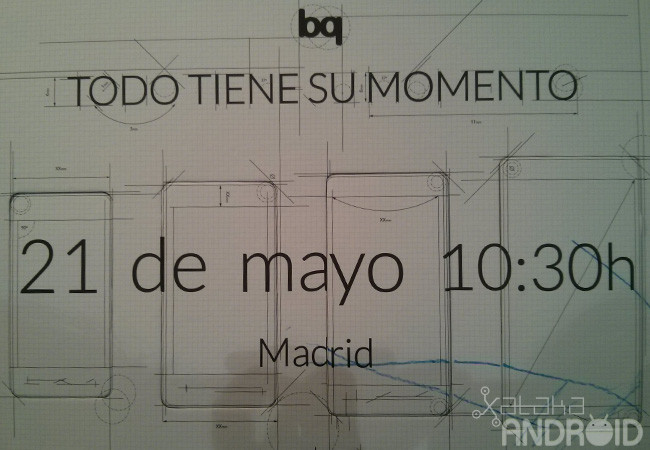
The Spanish company bq has become quite a phenomenon. Its economical smartphones and shrewd positioning have made it one of the best-selling brands. The devices are simple and make no attempt to compete with the big names in their category, but you have to credit the company on its performance. After a period in the wings, bq reclaimed centre stage again today with an announcement that it will unveil four new smartphones at 10.30 am on May 21. “There's a right time and a right place for everything,” said a spokesperson for the Madrid-based company. Could that time and place be now? For the moment, this as all we have to go on. Judging from the image, it looks like bq is going to unveil four new smartphones. If size is a clue, the big one will probably target people looking for a tablet, while the two in the middle are more in the 5-inch display line. The small terminal on the left will probably be the most affordable option. Of course, this is mere speculation based on the image posted by bq, and the only thing we can really be sure of is that the terminals will have tactile virtual buttons and they won't be on the display. And the other features? We'll have to wait until May 21 to find out, although it's our bet that the software will be Android 4.4 KitKat.
